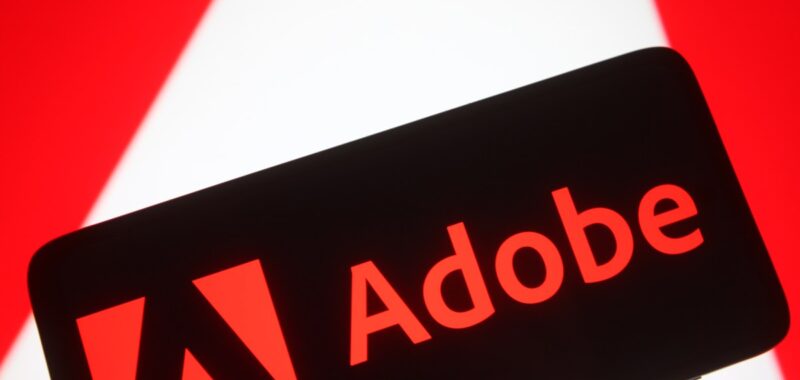For years, websites included information about what kind of crawlers were not allowed on their site with a robots.txt file. Adobe, which wants to create a similar standard for images, has added a tool to content credentials with an intention to give them a bit more control over what is used to train AI models.
Convincing AI companies to actually adhere to Adobe’s standard may be the primary challenge, especially considering AI crawlers are already known to ignore requests in the robots.txt. file.
Content credentials are information in a media file’s metadata used to identify authenticity and ownership. It’s a type of implementation of the Coalition for Content Provenance and Authenticity (C2PA), a standard for content authenticity.

Adobe is releasing a new web tool to let creators attach content credentials to all image files, even if they are not created or edited through its own tools. Plus, it’s providing a way for creators to signal to AI companies that they shouldn’t use that particular image for training models.
Adobe’s new web app, called Adobe Content Authenticity App, lets users attach their credentials, including name and social media accounts, to a file. Users can attach these credentials to up to 50 JPG or PNG files in one go.
Adobe is partnering with LinkedIn to make use of the Microsoft-owned platform’s verification program. This helps in proving that the person attaching the credentials to an image has a verified name on LinkedIn.

Users can also attach their Instagram or X profiles to an image, but there is no integration with verification of these platforms.
The same app lets users tick a box to signal their images shouldn’t be used for model training.
While the field is present on the app and subsequently on an image’s metadata with content credentials, Adobe hasn’t signed an agreement with any of the AI model creators to adopt this standard. The company said it’s in talks with all top AI model developers to convince them to use and respect this standard.
Adobe’s intentions are in the right place to provide an indicator to model makers for AI training data, but the initiative won’t work if the companies don’t agree to the standard or don’t respect the indicator.

Last year, Meta’s implementation of labels to auto-tag images on its platform caused an uproar as photographers complained about their edited images being tagged with a “Made with AI” label. Meta later changed the label to “AI info.”
This development highlighted that while Meta and Adobe both are part of the C2PA steering committee, there is a difference in implementation across different platforms.
Andy Parson, Senior Director of the Content Authenticity Initiative at Adobe, said the company built the new content credential app with creators. Given that regulations around copyright and AI training data are scattered across the world, the company wants to give creators a way to signal their intent about AI platforms with the app.
“Content creators want a simple way to indicate that they don’t want their content to be used for gen AI training. We have heard from small creators and agencies that they want more control over their creations [in terms of AI training on their content],” Parson told TechCrunch.
Adobe is also releasing a Chrome extension for users to identify images with content credentials.
The company said with the content credentials app, it uses a mix of digital fingerprinting, open source watermarking, and crypto metadata to embed metadata in various pixels of an image, so even if the image is modified, the metadata stays intact. This means users can use the Chrome extension to check content credentials on platforms like Instagram that don’t natively support the standard. Users will see a small “CR” symbol on an image if they have content credentials attached to them.
In a world where there is a lot of debate around AI and art, Parson says C2PA doesn’t believe in opining or directing what is art. But he believes content credentials could be an important marker for ownership.
“There is the grey area [of when an image is edited using AI, but it is not 100% AI-generated], and what we are saying is to allow artists and creators to sign their work and claim attribution for it. This doesn’t mean the IP is legitimate or it is copyrightable, but just indicates that someone made it,” Parson said.
Adobe is said while its new tool is designed for images, it wants to add support for video and audio down the line as well.

